15 iron-gall inks after soaking in water and bleach
Lamy Benitoite was also included at the end, because there seems to be some uncertainty and conjecture online as to whether it has any iron-gall content.
Copyright
© A Smug Dill
- 348.61 kB
- 696x960

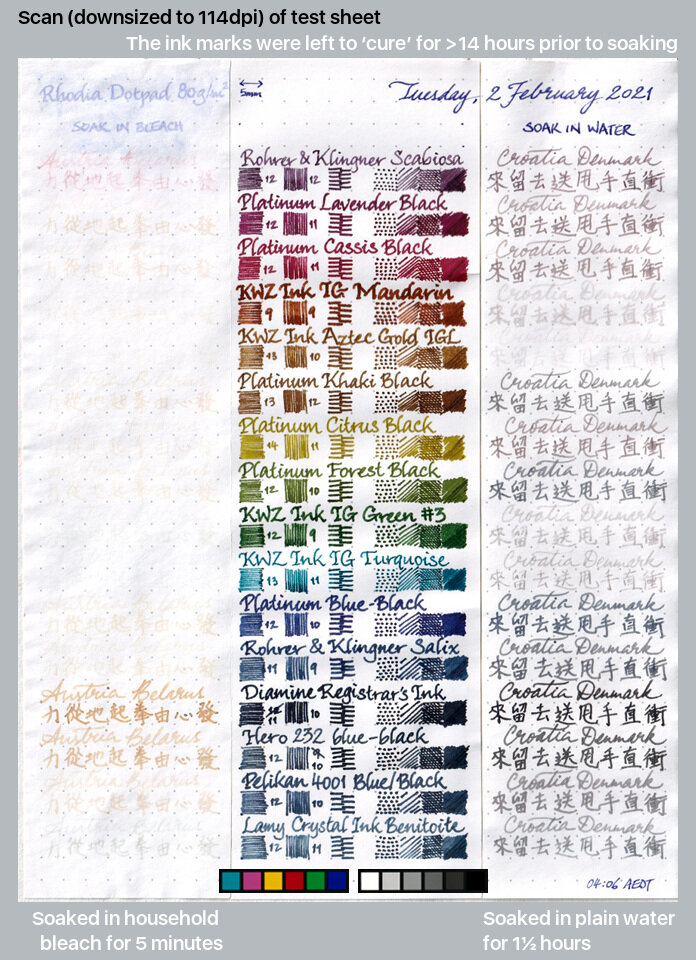
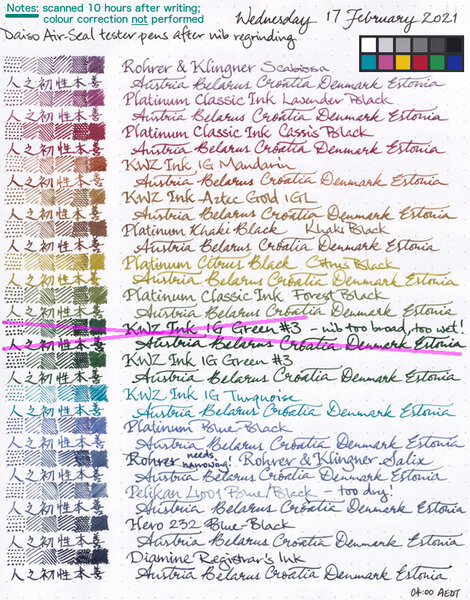

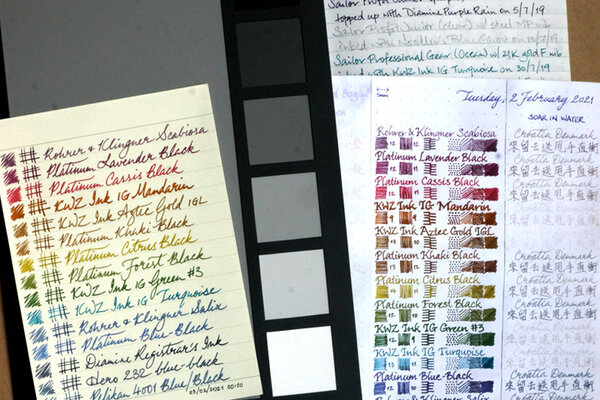
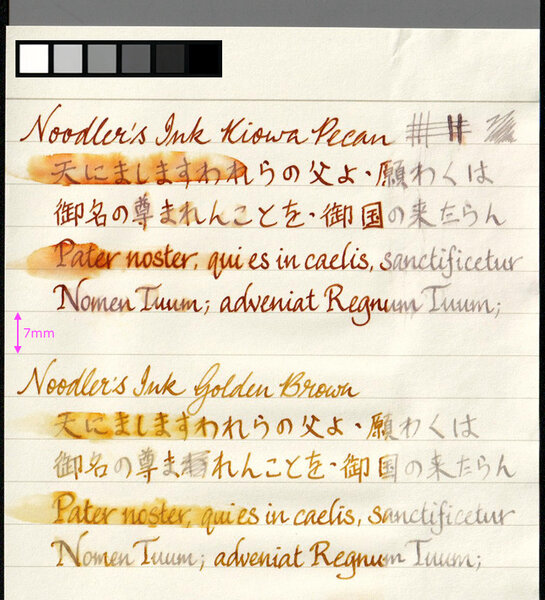
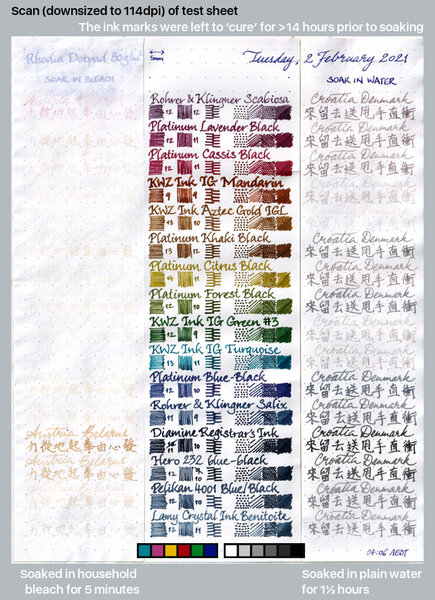
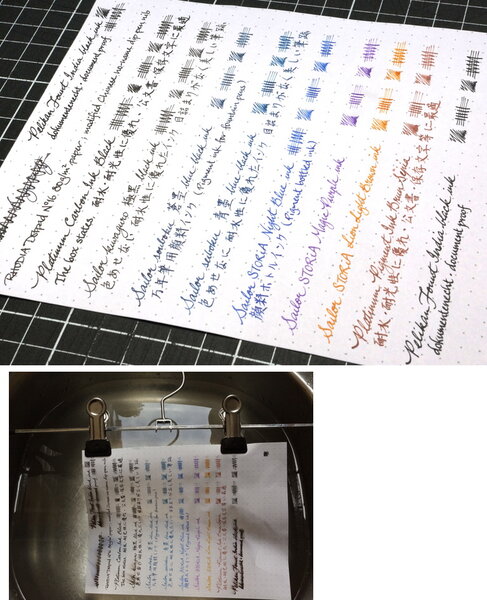
.jpg.e6128d696aceac28e8ecc7b3c9f0b53e.jpg)
.jpg.9c7e33e3e9280c5206bad66ad2dc7611.jpg)
desaturated.thumb.gif.5cb70ef1e977aa313d11eea3616aba7d.gif)
Recommended Comments
Create an account or sign in to comment
You need to be a member in order to leave a comment
Create an account
Sign up for a new account in our community. It's easy!
Register a new accountSign in
Already have an account? Sign in here.
Sign In Now